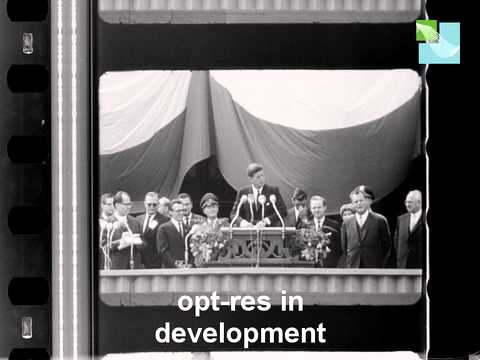I am currently writing my master thesis about restoration of optical soundtracks.
The development of an extraction and restoration software is part of this.
At the moment I have implemented plenty functions without gui.
So far I am able to extract audio signals from images with higher quality than AEO-Light does.
I want to improve my software, but my material sources are limited.
This means that I only have three uncompressed videos from the AEO-Light home page to work with.
So I am searching for all sorts of digitized film material with different types of optical audio, with damages and dirt on the audio.
Can someone at this forum help me?
Short clips of 35mm, 16mm and 8mm film would do it (uncompressed if possible).
Here is a first comparison of AEO-Light and my software at the current state:
